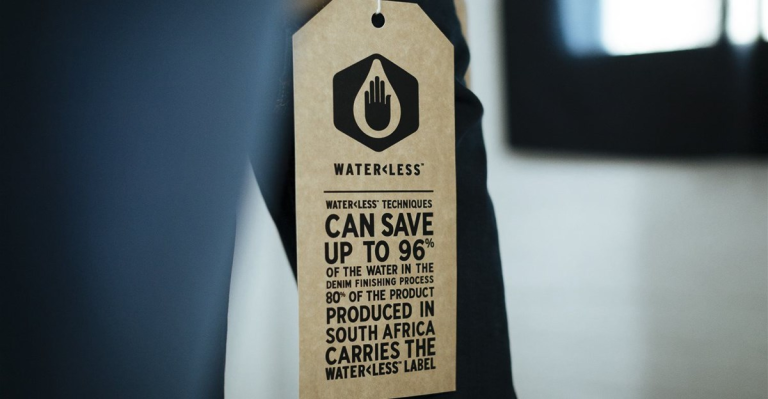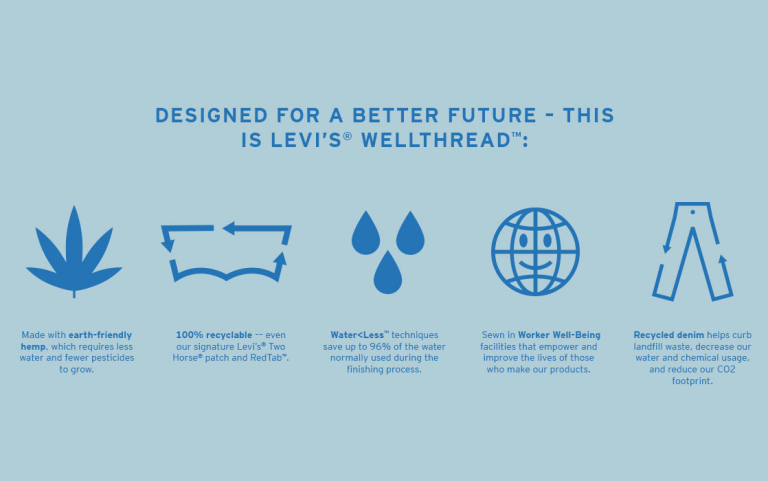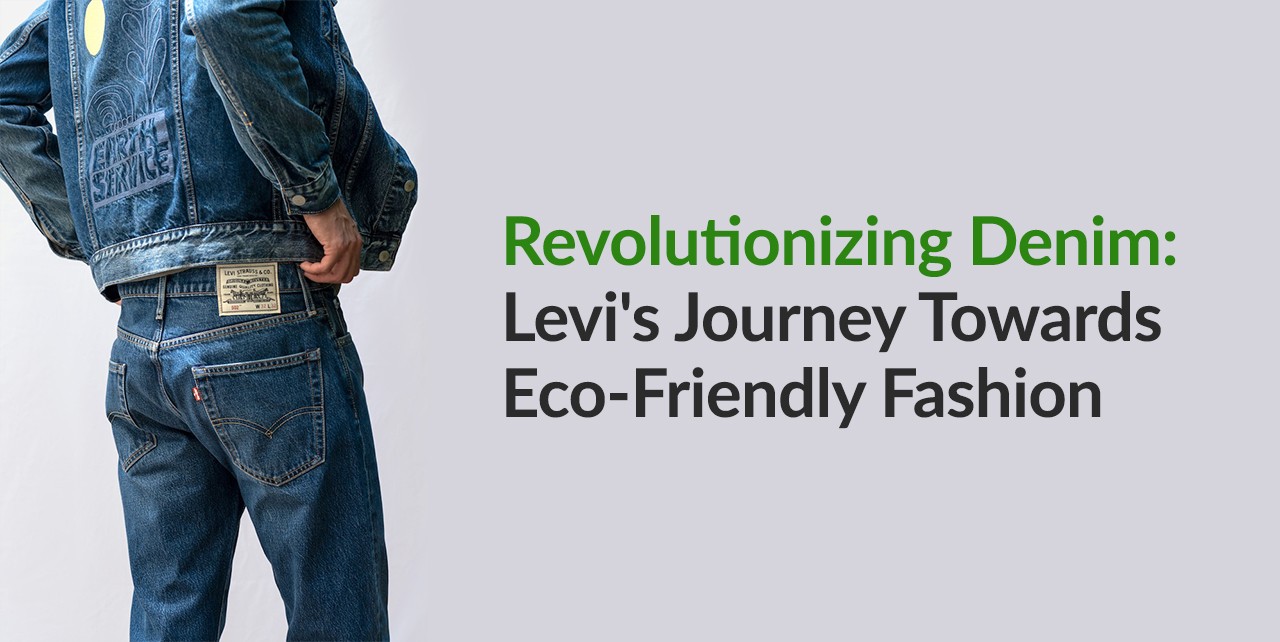Denim has evolved significantly from its early days as a tough, durable fabric for miners and cowboys. Today, it is a fashion staple worldwide. However, achieving the perfect look and feel of denim has traditionally required a substantial amount of water. Recognizing this environmental challenge, Levi’s has been at the forefront of innovative solutions to reduce water usage in denim production.
The Birth of Water<Less Techniques
In 2011, Levi’s introduced Water<Less techniques, aiming to cut down water usage in the denim finishing process. This initiative developed over 20 different methods to achieve the same stylish, worn-in look without heavily relying on water. Here are a few examples:
- Bottle Caps and Golf Balls: Instead of using fabric softeners, jeans are tumbled with bottle caps and golf balls to create a soft feel, reducing water use by up to 96%.
- Ozone: Water is replaced with ozone to clean and finish jeans.
- Reducing Rinses: Fewer rinses are used in the finishing process to save water.
Progress and Impact
Levi’s has made significant strides in its Water<Less initiative:
- 69% of Levi’s bottoms were made with Water<Less techniques by 2019.
- 3 billion liters of water have been saved since the initiative began.
- 5 billion liters of water have been recycled.
Recent Developments
Levi’s continues to enhance and expand their Water<Less techniques. Recent efforts include:
Localizing Water-Saving Efforts
Contextual Water Targets: Levi’s uses the World Resources Institute Aqueduct Water Risk Atlas to set water efficiency targets based on local water stress.
High-Stress Areas: Factories in these regions are required to meet aggressive water reduction targets, aiming for a 50% reduction by 2025.
Recycle & Reuse Program
Recycled Water: Over 20% of water used in manufacturing is recycled.
Facilities: Factories implement systems to reuse water multiple times, reducing the overall demand for fresh water.
Open-Sourcing Innovations
Industry Collaboration: Levi’s shared their Water<Less techniques with 20 competitors to encourage widespread adoption of water-saving practices.

Shifting the Fashion Industry Towards Sustainability
Levi’s commitment to sustainability extends beyond their own operations. Key efforts include:
Circular Fashion: Designing products with their entire lifecycle in mind, using recycled materials, and creating durable products.
Secondhand Fashion: Promoting the purchase of pre-owned Levi’s products to extend garment life and reduce the need for new raw materials.
Expanding Water<Less Techniques: Applying water-saving methods to other product categories, such as shirts and jackets.
The Future of Sustainable Denim
Levi’s continues to lead the way in sustainable fashion with several forward-thinking initiatives:
Ambitious Targets: Reducing water use by 50% in high-stress areas by 2025.
Supplier Engagement: Encouraging suppliers to adopt water-saving practices and meet contextual water targets.
Innovation and Collaboration: Continuously developing new techniques and sharing them with the industry to drive broader change.

By prioritizing sustainability and setting high standards, Levi’s is helping to create a more environmentally responsible fashion industry. Their Water<Less initiative is a testament to the power of innovation and collaboration in addressing global environmental challenges.
To learn more about such success stories and how to drive your organization towards a better future with sustainable approaches, check our courses here.


